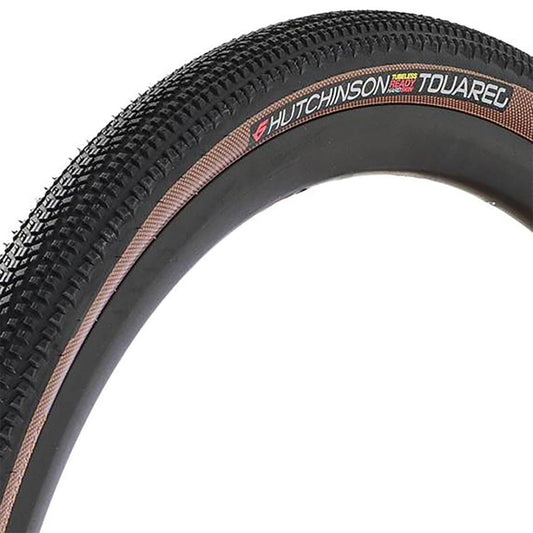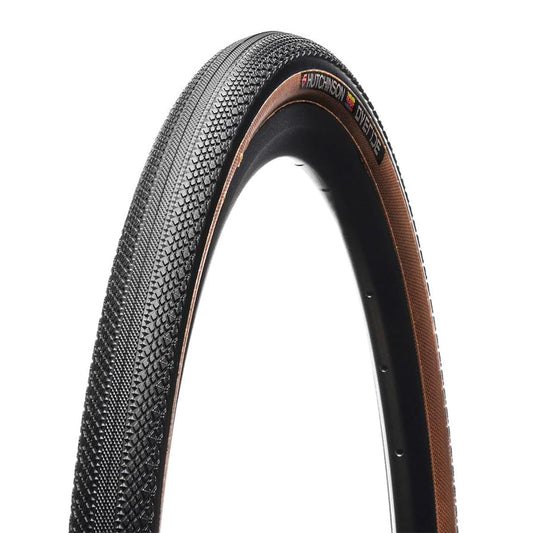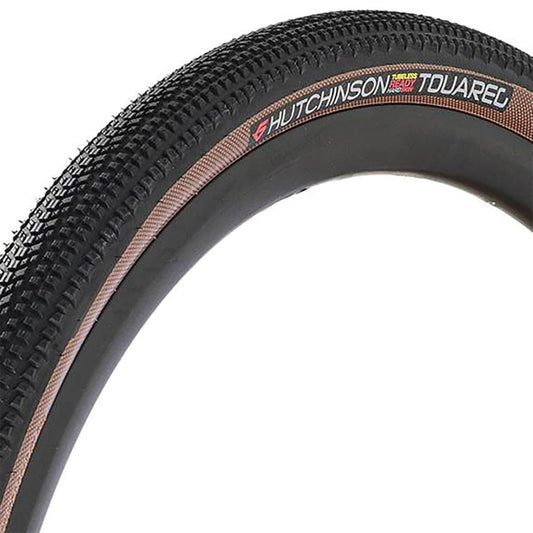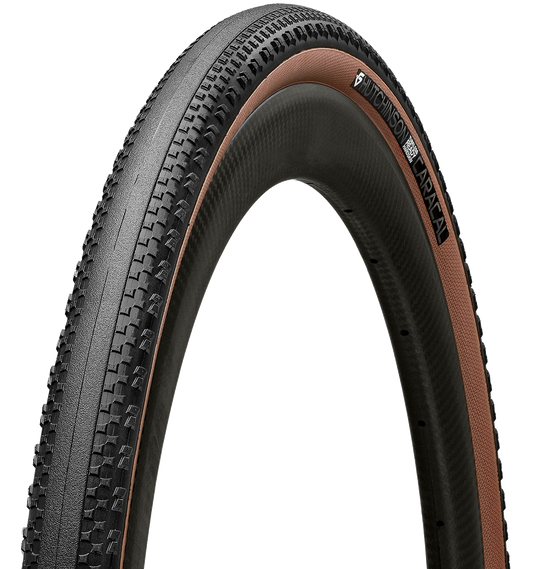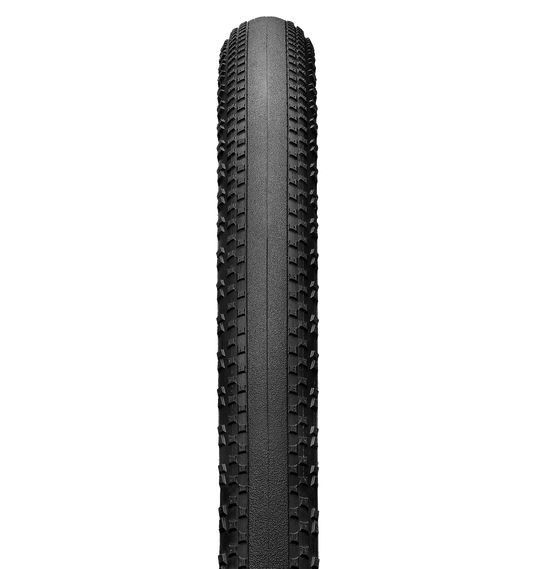The choice of tires plays a crucial role in your riding Gravela discipline with versatile terrain. You'll be looking for different levels of comfort, grip and robustness, depending on the type of riding you do and the terrain you choose. Brands now offer dedicated ranges, with a wide variety of models and variations to suit every rider.
Here are the key criteria to bear in mind when making your selection!
Standard models
- Wheel size, for an adult bike: 700 or 650
- Maximum tire width allowed by your frame/fork/wheel
- Mounting options according to your wheels Gravel: Tubetype, Tubeless Ready and Tubeless
Tire types
Apart from the technologies and options that vary from brand to brand, there are two major aspects to consider: the carcass and the width of the tire.
The carcass The tire carcass is made up of a braid of cords, generally in nylon. The cord density is expressed in TPI. The higher the value A the softer, more comfortable and generally lighter the tire. The average value is around 120 TPI.
There's a wide range of widths B tire widths. The thinner models are said to be more rolling, and are suitable for use on asphalt where performance is paramount. Intermediate sizes accompany you on versatile terrain, while wide sections provide maximum grip on trails where grip is essential.

Mounting types
Tubetype or inner-tube A
This is still the most classic assembly.

Tubeless Ready
Can be mounted tubeless, provided you use a puncture prevention B as this tire is not waterproof.

Tubeless
Designed to be mounted without an inner tube (even if it can accommodate one) and without preventive fluid.

Tubeless
Coming from mountain biking, the Tubeless is making headway in the Gravel sector. Tubeless tires offer a number of advantages, including the possibility of riding at lower pressures to increase the rider's performance.grip and comfort no pinch punctures and reduced risk of puncture punctures with the addition of preventive, significant weight savings in the case of Tubeless Ready mounting. Slow punctures can generally be managed without dismounting, thanks to the preventive fluid. What's more, Tubeless tires offer reduced rolling resistance thanks to the absence of an inner tube.
The main obstacle to Tubeless tires is fitting them, which requires special tools. suitable rims. You'll need to buy preventive fluid and have a compressor at the ready, as a certain flow of air is required for the beads to click on the reverse side of the rim. Also, tubeless tire maintenance requires a special regular maintenance. Sealant must be added frequently. If you get a puncture on your tubeless tire, don't run it flat. You'll quickly damage your tire, to the point where you won't be able to use it. Finally, the price is higher, and switching to tubeless requires a small investment.
Which tire for my riding?
Your riding style MOUNTAIN BIKING but also the terrain on which you will be driving will determine your choice of tire:
-
Mainly road terrain
For use mainly on asphalt roadsyou'll want to choose tires with a rolling profile for efficient performance. A narrower width, up to 35 mmwill enable you to carry your tire more easily and maintain a high speed.
-
Versatile terrain
For outings between paths and roads, a section between 35 and 40 mmand a fairly smooth tread pattern will offer maximum versatility and grip. The aim is to find a high-performance, robust and comfortable tire.
-
Mostly trail terrain
For riding on or trailsa tubeless set-up will be a plus, with pronounced cramponing for maximum grip. Grip will be your primary selection criterion. For this, you can opt for a wide cross-section. up to 55 mm for enhanced driving comfort.
CONCLUSION
As you can see, nothing is set in stone when it comes to tire selection. The specific surface near you, the way you ride, your performance level, your style... all these can influence your choice. Take the advice given as a starting point and experiment with your perfect fit!
Découvrez tous nos conseils & Tutoriels
Gravel - Gravel Tires
-
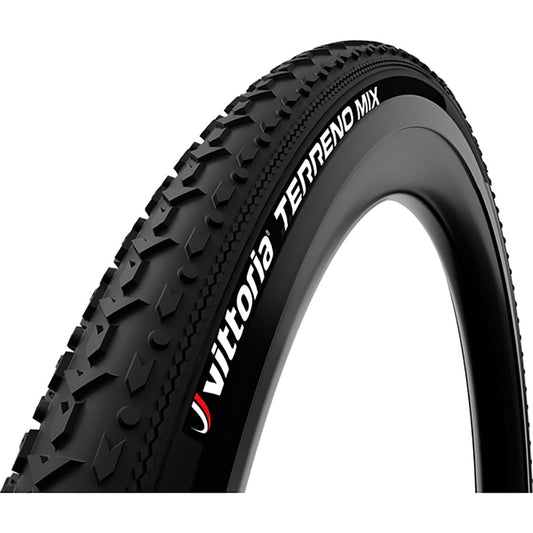
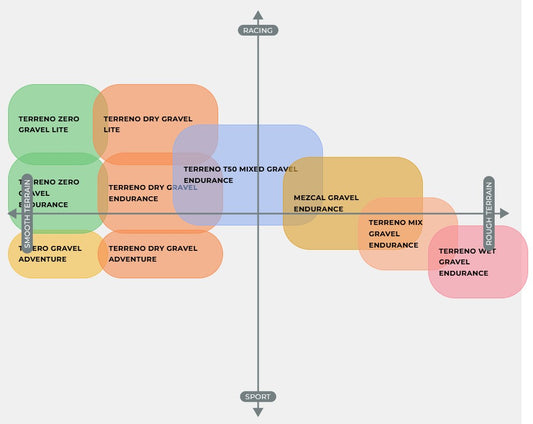
VITTORIA TERRENO MIX GRAVEL ADVENTURE 700x33c TubeType Soft Black tire
Regular price 22,99 €Regular priceUnit price per -
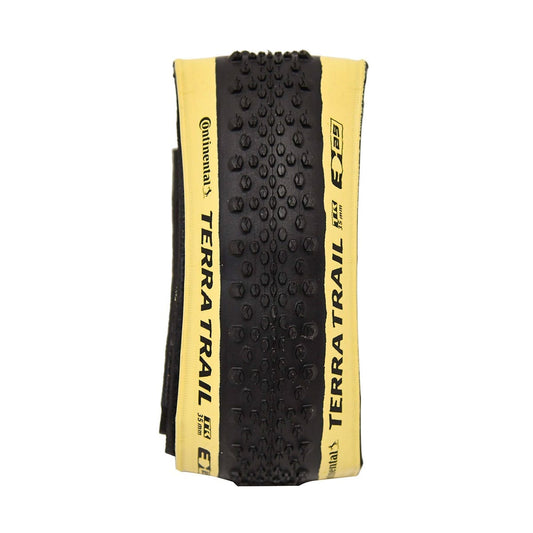
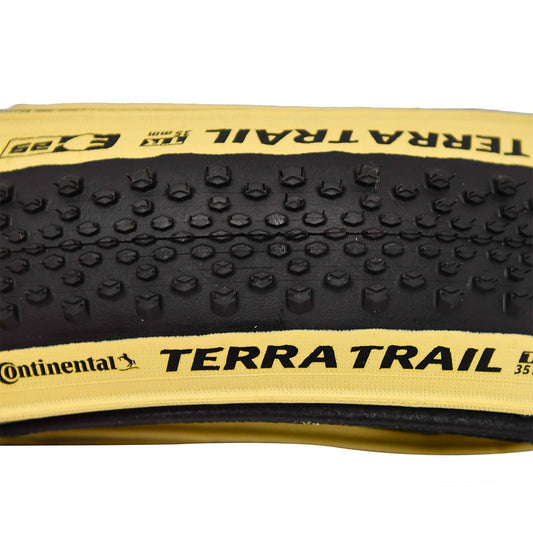
CONTINENTAL TERRA TRAIL SHIELDWALL SKIN 700x35c tire Tubeless Ready Beige
Regular price 29,99 €Regular priceUnit price per -
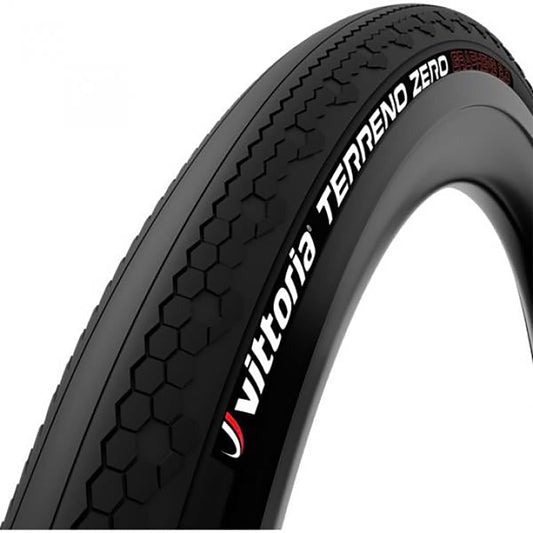

VITTORIA TERRENO ZERO GRAVEL ADVENTURE 700x37c TubeType Soft Black tire
Regular price 19,99 €Regular priceUnit price per -
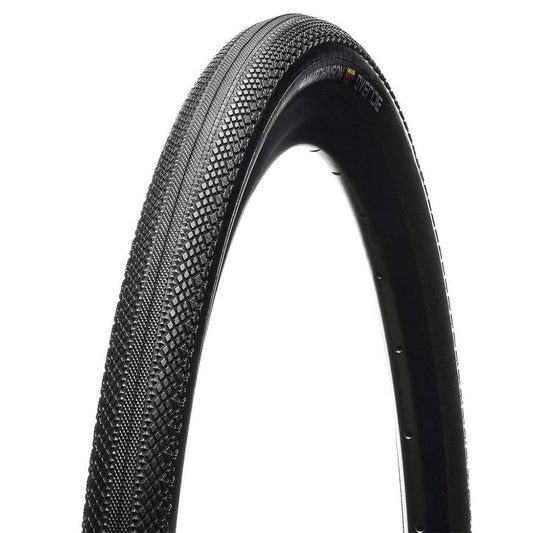
HUTCHINSON OVERIDE 700x35c Reinforced tire Tubeless Ready Black
Regular price 29,99 €Regular priceUnit price per


